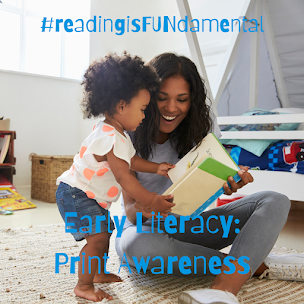June is my favourite month of the year. The colour green has a lot to do with that. I love seeing all of the beautiful shades of green as nature bursts forth with such verdant enthusiasm. Fresh colours not yet suppressed by the heat and dust of summer.
It turns out that spring leaves don't just look more green, they actually are. During new growth, chlorophyll, the green pigment responsible for photosynthesis, is the predominant influence on leaf colour. Young leaves are also more translucent, allowing the light to shine through the leaves making them brilliantly green. As the leaves mature, other pigments influence the colour of the leaf and the summer colours settle in.
Even for leaves, it's not easy being green.
When I first heard Kermit the Frog singing "It's Not Easy Being Green", the lyrics got stuck in my head and they are still there fifty-five years later. As I grew up and grew into myself, "It's not easy being green." became one of my favourite quotes.
It's not easy being green, or being different. It doesn't matter what age you are, we all feel different and overlooked at times throughout our lives. Unfortunately, some people feel different or are made to feel different because they don't fit into other people's expectations.
Kermit's song reminds us that green is "important like a mountain" and "beautiful" and in the end, "it's what [he/Kermit] wants to be."
Everyone struggles at some point with their sense of self and with trying to determine who they are. For those facing gender identity or sexual orientation questions, the struggle is not only dealing with their own thoughts and feelings, but also coping with the ideas and expectations of others. Facing family, friends, the church, schools, the medical community, government and the judicial system is overwhelming when you are different.
June is Pride Month. Supporting LGBTQ friends and family is not just something we celebrate thirty days of the year. It's a year round commitment. Being different is not easy. Being a friend should be.
🔍To return to the main page, please click on the banner at the top of this page or click on this link: Cupola Corner Blog





%20(1).png)

.png)
%20.png)

.png)



.png)


.png)
.png)
